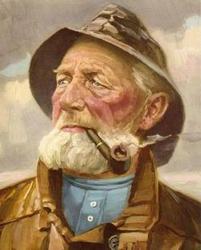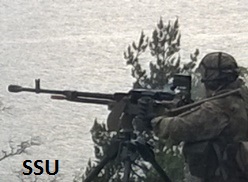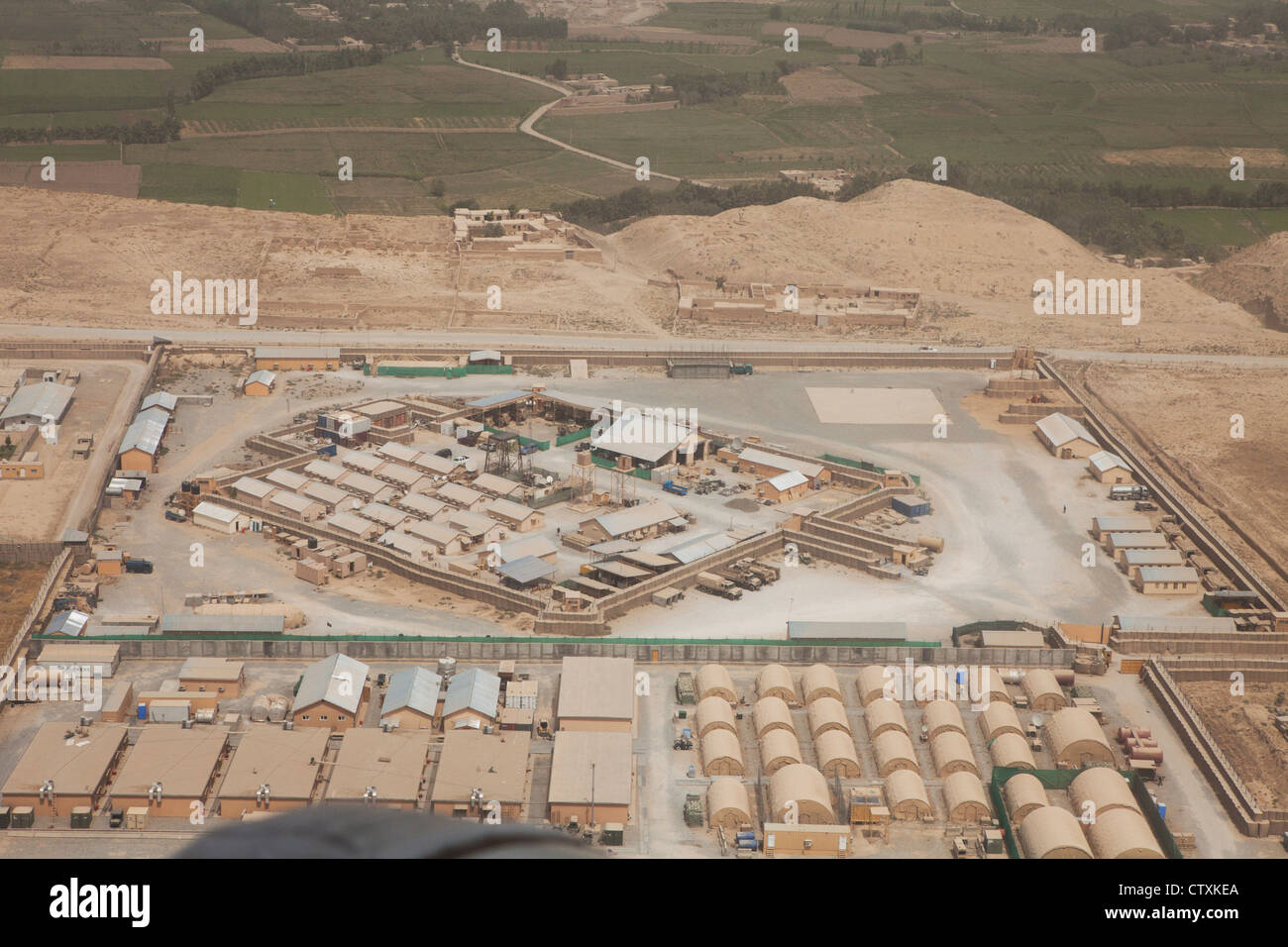Castle review thread.
-
Montegriffo

- Posts: 18852
- Joined: Wed Nov 30, 2016 7:14 am
Re: Castle review thread.
Death, death, to the IDF.


-
TheReal_ND

- Posts: 26048
- Joined: Wed Nov 30, 2016 6:23 pm
Re: Castle review thread.
Braveheart is a African Heroic tales meme appropriated by the white oppressors of Europe. It's quite possible that if there were an actual Barveheart he was in fact of African lineage. Any references to Braveheart in the normative systemic racist construct need to be shut down by the corporations that sponser these lies and racist drivel.
-
C-Mag

- Posts: 28399
- Joined: Tue Nov 29, 2016 10:48 pm
Re: Castle review thread.
Nukedog makes a valid point.Montegriffo wrote:Well they were built to subjugate minorities such as the Scots and the Welsh.Nukedog wrote:I think castles represent neo Nazi values. I look forward to the day when England is progressive enough to finally realize it's the current year and these structures do not represent our society and our heritage.
Also a symbol of the ruling elite oppressing the masses. Maybe you are right, trouble is it will take more than a few oversensitive ANTIFA types to knock them down. ''Hard to destroy'' is in their job description...
PLATA O PLOMO

Don't fear authority, Fear Obedience

Don't fear authority, Fear Obedience
-
Hastur

- Posts: 5297
- Joined: Wed Nov 30, 2016 2:43 am
- Location: suiþiuþu
Re: Castle review thread.
Fort Bourtange in the Netherlands.Montegriffo wrote:Where is that? Looks like Holland or Belgium.Hastur wrote:Can be made to look good.

An nescis, mi fili, quantilla prudentia mundus regatur? - Axel Oxenstierna
Nie lügen die Menschen so viel wie nach einer Jagd, während eines Krieges oder vor Wahlen. - Otto von Bismarck
-
TheReal_ND

- Posts: 26048
- Joined: Wed Nov 30, 2016 6:23 pm
Re: Castle review thread.
The five points of the star represent racism, heteronormativity, patriarchy, fiscal repression, and pro binary constructs of the scientific theorem
-
C-Mag

- Posts: 28399
- Joined: Tue Nov 29, 2016 10:48 pm
Re: Castle review thread.
Nukedog wrote:The five points of the star represent racism, heteronormativity, patriarchy, fiscal repression, and pro binary constructs of the scientific theorem
It's everywhere........... BURN IT DOWN !
PLATA O PLOMO

Don't fear authority, Fear Obedience

Don't fear authority, Fear Obedience
-
Montegriffo

- Posts: 18852
- Joined: Wed Nov 30, 2016 7:14 am
Re: Castle review thread.
Framlingham castle about 30 miles away.



The castle went on to have more colourful history including being the assembly point for Mary's army before she took control of the throne in 1553.
It was used as a prison for catholic priests from 1580, a poorhouse from the late 1650's, a public house, another poorhouse in 1700 and a third in 1729 when the great hall was pulled down and the current poorhouse was built. The castle was used as an isolation ward in the 1666 plague outbreak, it stored the equipment of the local volunteer regiment during the Napoleonic wars. During WWII it was made into a defensive position against a possible German invasion.


By the late 12th century the Bigod family had come to dominate Suffolk, holding the title of the Earl of Norfolk and owning Framlingham and three other major castles at Bungay, Walton and Thetford.[8] The first set of stone buildings, including the first hall, were built within the castle during the 1160s.[9] Tensions persisted throughout the period, however, between the Crown and the Bigods. Hugh Bigod was one of a group of dissenting barons during the Anarchy in the reign of King Stephen, and after coming to power Henry II attempted to re-establish royal influence across the region.[10] As part of this effort, Henry confiscated the four Bigod castles from Hugh in 1157, but returned both Framlingham and Bungay in 1165, on payment of a large fine of £666.[11][nb 2]
Hugh then joined the revolt by Henry's sons in 1173. The attempt to overthrow Henry was unsuccessful, and in punishment the king ordered several Bigod castles, including Framlingham, to be destroyed.[13] The king's engineer, Alnoth, destroyed the fortifications and filled in the moat at Framlingham between 1174-6 at a total cost of £16 11s 12d, although he probably shored up, rather than destroyed, the internal stone buildings.Hugh's son, Roger Bigod, was out of favour with Henry, who initially denied him the family earldom and estates such as Framlingham.[16] Roger finally regained royal favour when Richard I succeeded to the throne in 1189.[16] Roger then set about building a new castle on the Framlingham site - the work was conducted relatively quickly and the castle was certainly complete by 1213.[17] The new castle comprised the Inner Court, defended with 13 mural towers; an adjacent Lower Court with smaller stone walls and towers, and a larger Bailey with timber defences.[18] By this time, a castle-guard system was in place at Framlingham, in which lands were granted to local lords in return for their providing knights or soldiers to guard the castle.
The First Barons' War began in 1215 between King John and a faction of rebel barons opposed to his rule. Roger Bigod became one of the key opponents to John, having argued over John's requirements for military levies.[20] Royal troops plundered the surrounding lands and John's army arrived on 12 March, followed by John the next day.[21] With John's permission, messages were sent on the 14th from the castle to Roger, who, influenced by the fate of Rochester Castle the previous year, agreed that the garrison of 26 knights, 20 sergeants, 7 crossbowmen and a priest could surrender without a fight.[22] John's forces moved on into Essex, and Roger appears to have later regained his castle, and his grandson, another Roger, inherited Framlingham in 1225.
In 1270 Roger Bigod, the 5th Earl, inherited the castle and undertook extensive renovations there whilst living in considerable luxury and style.[29] Although still extremely wealthy, the Bigods were now having to borrow increasing sums from first the Jewish community at Bungay and then, after the expulsion of the Jews, Italian merchants; by the end of the century, Roger was heavily in debt to Edward I as well.[30] As a result, Roger led the baronial opposition to Edward's request for additional taxes and support for his French wars.[30] Edward responded by seizing Roger's lands and only releasing them on the condition that Roger granted them to the Crown after his death.[30] Roger agreed and Framlingham Castle passed to the Crown on his death in 1306.
https://en.wikipedia.org/wiki/Framlingham_CastleIn 1476 the castle passed to John Howard, the Duke of Norfolk, who probably began the sequence of improvements to the castle during the Tudor period.[47] Under the Howards the castle was extensively modernised; fashionable brick was used to improve parts of the castle; ornamental chimneys were added; the battlements were reduced in size to exaggerate the apparent height of the walls, and the Howard coat of arms was added to the gatehouseThe Wars of the Roses during the 15th century saw prolonged fighting between the Yorkists and Lancastrians for the control of the English throne. John Howard, a Yorkist supporter, was killed at Bosworth Field in 1485 and in the aftermath his son Thomas, the 2nd Duke, was attainted, forfeiting his and his heirs' rights to his properties and titles, and placed in the Tower of London.[47] The Lancastrian victor at Bosworth, Henry VII, granted Framlingham Castle to John de Vere, but Thomas finally regained the favour of Henry VIII after fighting at the victory of Flodden in 1513.[47] Framlingham was returned to Thomas and the Duke spent his retirement there; he decorated his table at the castle with gold and silver plate that he had seized from the Scots at Flodden.[47] The castle was expensively decorated in a lavish style during this period, including tapestries, velvet and silver chapel fittings and luxury bedlinen.[51] A hundred suits of armour were stored in the castle and over thirty horses kept in the stables.[52]
The castle went on to have more colourful history including being the assembly point for Mary's army before she took control of the throne in 1553.
It was used as a prison for catholic priests from 1580, a poorhouse from the late 1650's, a public house, another poorhouse in 1700 and a third in 1729 when the great hall was pulled down and the current poorhouse was built. The castle was used as an isolation ward in the 1666 plague outbreak, it stored the equipment of the local volunteer regiment during the Napoleonic wars. During WWII it was made into a defensive position against a possible German invasion.
Death, death, to the IDF.


-
BjornP

- Posts: 3360
- Joined: Thu Dec 01, 2016 9:36 am
- Location: Aalborg, Denmark
Re: Castle review thread.
That does look like a very Bigoded castle...

Fame is not flattery. Respect is not agreement.
-
heydaralon

- Posts: 7571
- Joined: Thu Mar 16, 2017 7:54 pm
Re: Castle review thread.
BjornP wrote:That does look like a very Bigoded castle...
Goddamn Nords and their ice castles...
Shikata ga nai
-
ssu

- Posts: 2142
- Joined: Thu Dec 01, 2016 4:05 pm
Re: Castle review thread.
Interesting how the low intensity conflicts in Iraq & Afghanistan have made army bases into something equivalent to Roman military camp. Or here, like an inner Keep of a medieval fortress. Same logic behind it, btw.
Military base in Kunduz, Afghanistan:

But when the other side hasn't got any serious artillery, that's what you logically get.
Actually the best thing about castle's and forts made for warfare is that you can see what weapons they had to face (or were assumed to be facing) when they were built. Interestingly how the tall castle gets more closer to the ground until the fortification goes underground.
The Maginot Line:

Military base in Kunduz, Afghanistan:

But when the other side hasn't got any serious artillery, that's what you logically get.
Actually the best thing about castle's and forts made for warfare is that you can see what weapons they had to face (or were assumed to be facing) when they were built. Interestingly how the tall castle gets more closer to the ground until the fortification goes underground.
The Maginot Line:

Last edited by ssu on Tue Aug 22, 2017 1:04 pm, edited 2 times in total.
